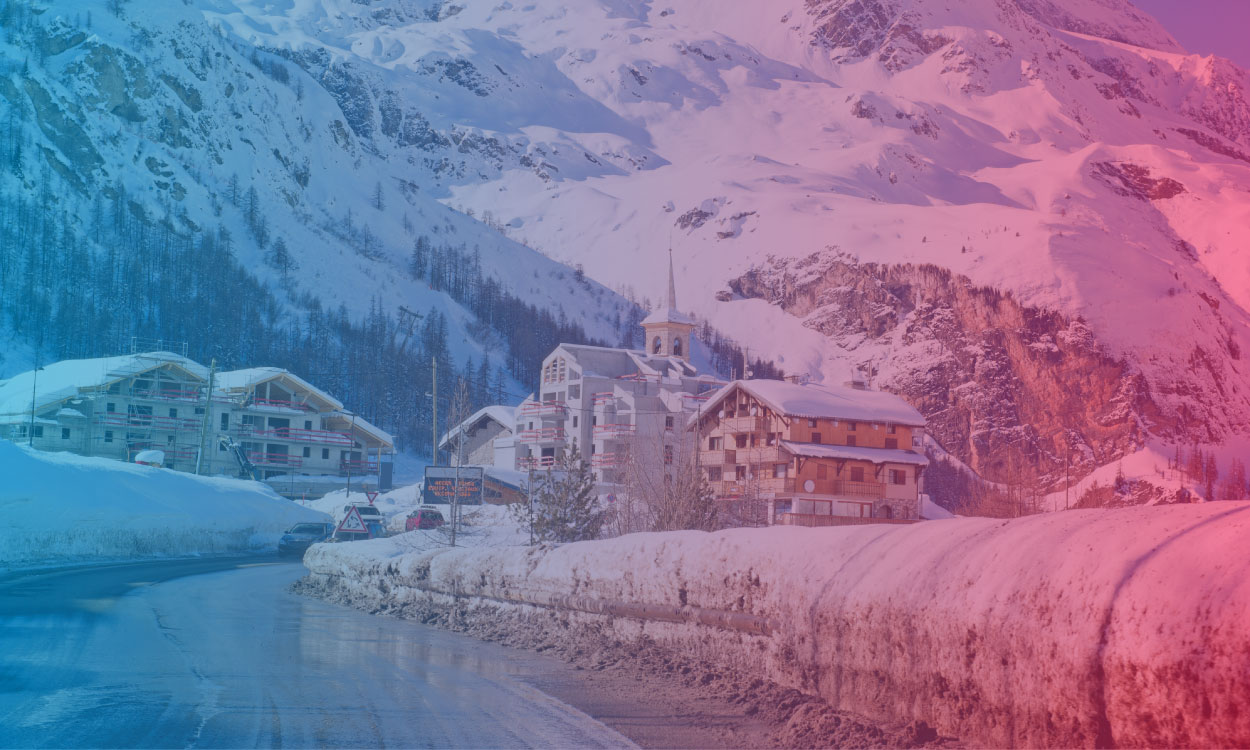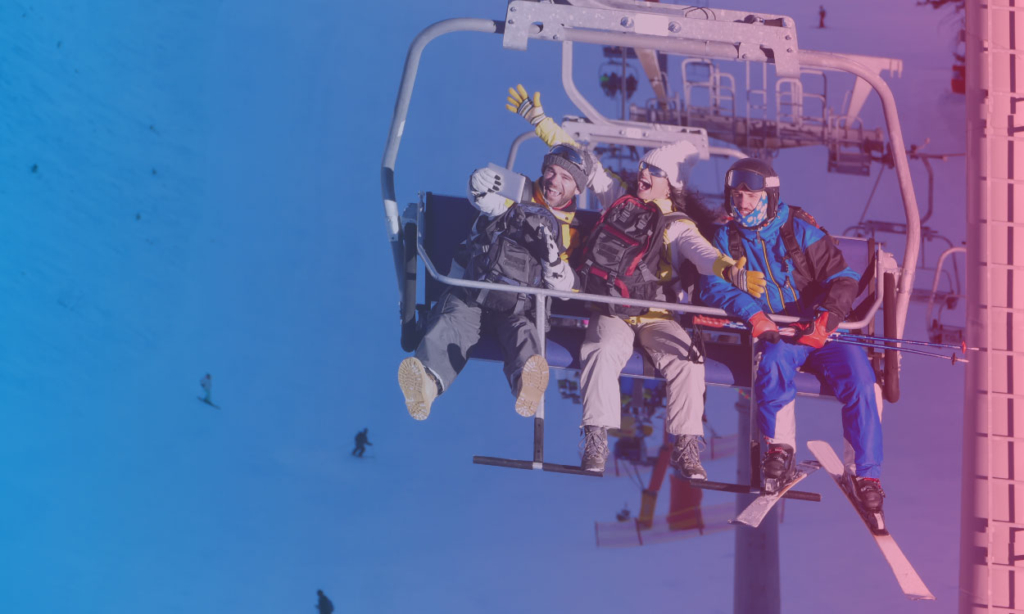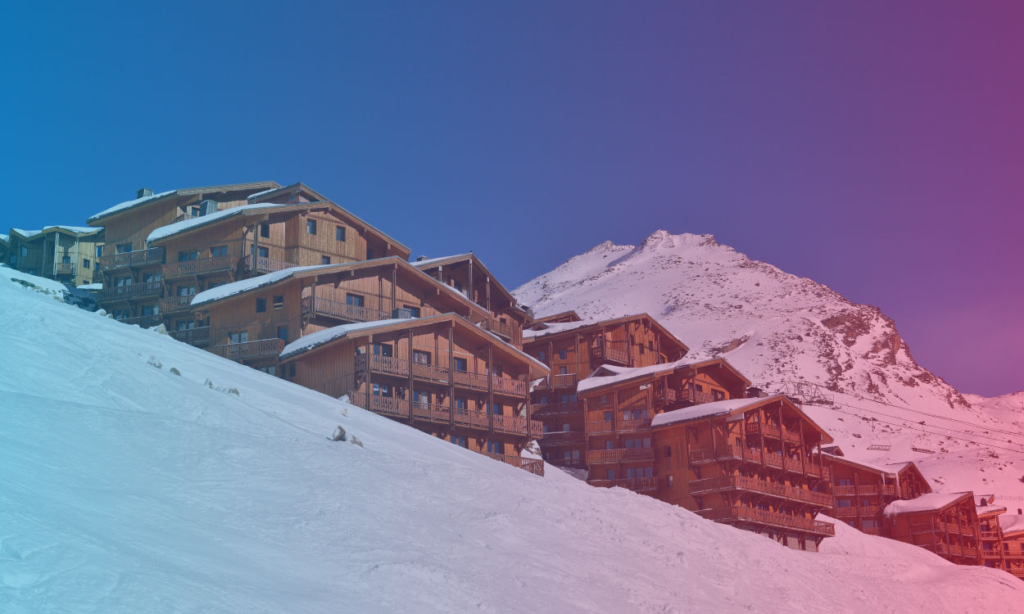What You Need to Know About Tignes
Tignes is one of the Alps’ most popular ski resorts, with thousands of avid skiers hitting the slopes each year.
But, with so many different ski resorts on offer, why should you opt for Tignes against any of the other terrific options that Europe’s leading ski region has to offer?
Well, here at Alpine Fleet we’re here to help show you many of the great skiing opportunities, amenities and memorable experiences that Tignes has to offer.
Our team provides leading private transfers and shared transfers to resorts across the Alps from Geneva Airport, helping to make your experience as seamless as possible. With this in mind, we’ve gained a thorough knowledge of all the resorts we travel to, and are able to provide our customers with a comprehensive guide on all of them.
In this article, we’ll explain what you need to know about Tignes, giving you all the information you need to help you make an informed decision about whether this resort is for you.
Read on to find out more.

Where is Tignes?
The resort of Tignes can be found in the stunning Tarentaise Valley in the heart of the French Alps. Covering an extremely vast area, Tignes is well-known for the variety of pistes that visitors can enjoy.
In fact, it also provides guests with one of the longest ski seasons in the whole of Europe, meaning the slopes can be enjoyed at most times of the year. Along with the neighbouring resort of Val d’Isere Tignes is based in the Tignes- Val d’Isere ski region where over 300km of pistes are just waiting to be explored.
Furthermore, it is hidden away in the depths of the Alps’ mountains, meaning no matter what part of the resort you’re traversing, the remarkable mountain views will always be enjoyed.
Just above Tignes is the Grande Motte Glacier, and guests are able to take a trip to the top where 360-degree views of the entire French Alps await.
The history of Tignes
You might be surprised to learn that skiing at Tignes actually dates back to the 13th century. At this point, the two villages of Les Brevieres and Tignes itself, welcomed skiers but the area now includes the other villages of Boisses, Lavachet, Le Lac and Val Claret.
In 1952 a huge hydro-electric dam was built in Tignes, and while it was met with hostility by the locals, the revenue generated allowed for the ski resort we know today to be created. Cable cars were introduced in the mid-1960s, as were seven hotels and more than 646 apartments.
These days, Tignes is regarded as one of the greatest ski resorts in the world, continually enhancing its amenities with new additions such as the leisure centre ‘Le Lagon.’
As well as the tourists that frequent Tignes each year, it’s also been chosen as a destination for sporting events such as the World Skiing Championships.
Tignes ski areas
As one of the largest ski areas in the Alps, Tignes has a whole host of skiing areas for visitors to enjoy. This includes Espace Killy.
Named in honour of the legendary French skier Jean-Claude Killy, who won three gold medals at the 1968 Winter Olympics, this part of the resort features 154 downhill pistes that are made up of 21 green runs, 67 blue runs and 29 black runs. The blue run Diebold is a particularly popular choice as it also passes into the neighbouring resort of Val d’Isere before bringing you back around to Tignes.
There is also a popular orange run, although realistically it’s a red run, that begins as a wide-open piste before turning a tree-lined run down to La Daille.
If you want to enjoy some of the region’s most spectacular views, Espace-Killy helps with this too as you can summit the stunning Glacier Du Pissalillas. Due to the fact that it borders the Vaniose National Park and Italian Grand Paradiso National Park means that it provides truly breathtaking views.
Another great area is the village resort of Les Brevieres which is based at the base of Tignes. Connected to the ski area with a ski lift or gondola service, it’s usually a bit quieter than the main resort making it perfect if you want a more peaceful run.
How high is Tignes?
If altitude is what you’re looking for from a ski resort, then Tignes is a great choice for you. The ski area reaches a staggering 11,300 feet high making it one of Europe’s highest resorts.
The village itself can be found at between 5,085 feet and 6,890 feet with the highest peak, the iconic Grande Motte glacier, standing at 11,338 feet.
As previously mentioned, the Tignes-Val d’Isere region comprises a wide range of different slopes that are all located at different levels. There is a maximum height difference of 6,253 feet, meaning there is something for everyone.
How to get to Tignes?
Another part of every skiing trip that needs organising is getting to and from the resort itself. Unlike some holidays, a skiing trip usually involves the need to travel larger distances as the slopes are located, understandably, located in rural mountain areas that are not always located close to cities or airports.
Fortunately, Tignes is one of the easier resorts to get to, and it takes around two hours and 40 minutes to reach it from Geneva Airport. Instead of doing that trip on your own, it’s always recommended you get a transfer.
This is because transfers regularly move people to and from the airport, negating your need to attempt a tricky journey yourself and making the whole process easier.
At Alpine Fleet, we frequently provide shared and private transfers to Tignes from Geneva Airport, meaning you only need to focus on enjoying your trip.
Is Tignes good for beginners?
Due to the variety of skiing areas that Tignes has to offer, it’s arguably one of the best resorts in the Alps for beginners.
As mentioned earlier, it has a variety of green (easy) runs which can help people get to grips with the skill before progressing onto blue (intermediate) runs if they feel confident. In addition to this, both Val Claret and Le Lac feature designated learning zones where rookies are able to practise and get to grips with core skills before taking to the slopes themselves.
Once you’ve mastered the basics and want to move on from green runs, the Grattula chair run is a good blue run that isn’t as challenging as some others.
Ski schools are also on offer if you’d like some guidance from an expert.
Is there snow in Tignes?
You’d be glad to know that Tignes receives a great amount of snow each season. You can expect around 600cm to fall on an annual basis. This is another reason why the resort is regarded as one of the most popular in the Alps and Europe as a whole.
Where to stay in Tignes
If you’ve decided to stay in Tignes, the next thing you’ll need to do is decide where to stay. There is a great selection of chalets, apartments and hotels many of which feature ski-in / ski-out accommodation options that are exceptionally convenient.
Wherever you stay in the region is likely to be a good choice, but consider your priorities. Think about the distance to the pistes, amenities you may require as well as whether you want a quiet place or would prefer to be in the bustling apres-ski areas.
Le Lac is one of the liveliest parts of Tignes whereas Les Brevieres is a bit quieter but still has plenty to see and do.
Is Tignes family-friendly?
No matter what time of year you visit, Tignes is an extremely family-friendly choice. The resort features a wide range of family activities and amenities including kid-friendly restaurants, events and even child-care options if you would like some time to yourself.
Visit Tignes with Alpine Fleet
If you’re planning a trip to Tignes, make the whole process easier by organising transfers courtesy of Alpine Fleet.
This includes private transfers that can take your party, or shared transfers which transport larger groups. These journeys will take you to exactly where you need to be, stopping off at your accommodation and making sure your trip is as seamless as possible.
To learn more about how to get to Tignes check out our previous blog on the topic as well as enjoy our guide to skiing in Tignes.
To book transport or find out more about what we do, get in touch with our team today


